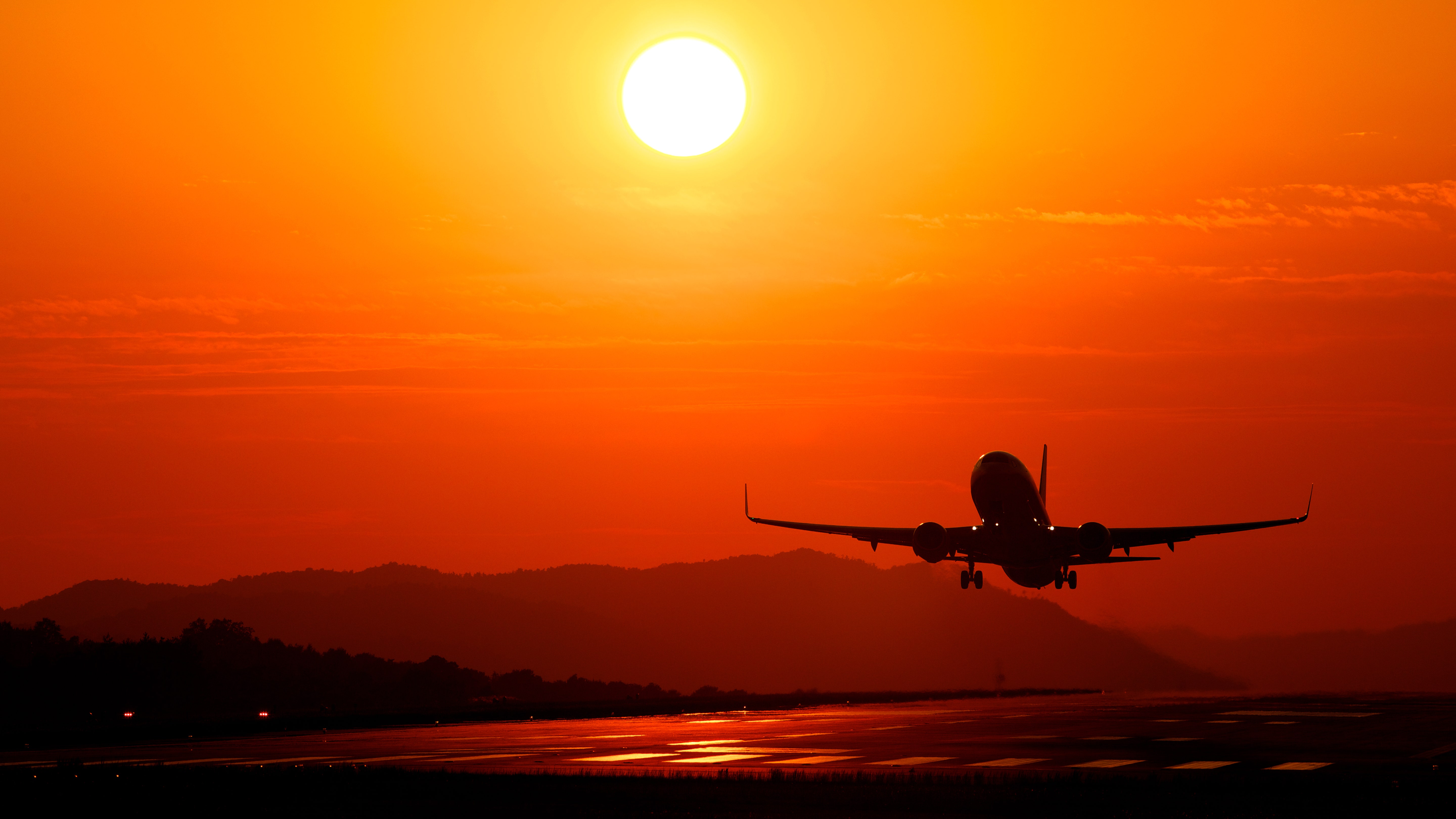
In late June, thunderstorms and a staffing deficit at airports across the US led to up to 7,700 aircraft delays and 2,200 flight cancellations in a single day. This gave the summer travel season a shaky start. But the most likely cause of a travel delay isn’t a lightning strike. This summer, passengers are finding out the hard way that high temperatures can be just as disruptive to on-time departures as obviously bad weather. Extreme heat this week has affected a large portion of the US and Europe. Heat records have been broken in cities like Miami, Tampa, Portland, Oregon, San Antonio, and New Orleans. On July 12, temperatures in Phoenix reached over 110 degrees for the 12th day in a row. According to reports, the heat wave had an impact on 25% of Americans.
According to data from the Federal Aviation Administration, summer weather causes significantly more delays at many airports than winter weather, in part because it requires a less severe weather event to put things into disarray. For example, weather delays at Chicago O’Hare increased by almost twofold between June and August 2022 and January to March 2023. Summer 2022 saw 35% greater weather delays at LaGuardia in New York than the following winter. According to additional information from the aviation analytics company FlightAware, there were 402,881 flight delays in the US from January to March 2023, which is 19.6% of all scheduled departures, while there were 544,462 delays from June to August 2022, which is 23.3% of all flights in the nation.
Heat waves may not cause extensive service interruptions, but they are a continual source of daily disturbance with season-long effects that can pile up
But winter storms can wreck more widespread damage. Eight of the twelve or so incidents that significantly hampered US air travel in recent years were caused by winter storms, while just three were caused by hurricanes. (Covid-19 was the 12th.) Heat waves may not cause extensive service interruptions, but they are a continual source of daily disturbance with season-long effects that can pile up. “When temperatures exceed 39 degrees centigrade [102F], it becomes really problematic for airlines,” says Bijan Vasigh, professor of economics and finance at Embry-Riddle Aeronautical University in Daytona Beach, Florida.
Heat thins the air, which reduces the lift that helps planes take off. The hotter the temperature, the more power is required to get airborne. “The hotter and more humid the surrounding air is, the more aircraft engine and airfoil performance degrade,” echoes Kathleen Bangs, a former commercial pilot who’s now a spokesperson for FlightAware. “Aircraft get their best performance during cool or cold temperatures as the density of the air increases.”
Pilots may decide to postpone flights in hot weather or reduce the weight of the aircraft by dumping extra fuel, bumping luggage, or even removing some passengers; but, in a game of wait-and-see, they may encounter problems like running out of fuel or going over the allotted time for staff shifts. Passengers may experience flight delays, route adjustments, or delayed luggage as a result. The reasoning of where heat can cause planes to be cancelled defies common sense and is not necessarily correlated with where temperatures are highest. See the notoriously snowy Denver: When considering solely those hiccups that are specifically weather-related, the Mile High City experiences greater delays in the summer than the winter.
“Elevation also has an effect,” Bangs explains. “Taking off at higher-altitude airports during extreme heat can have [additional] limitations on weight.” Even if you don’t know what the forecast holds, there are techniques to prevent these interruptions. The airport you pick, for instance, can have an impact. Longer runways enable pilots to accelerate more powerfully and counteract the effects of hot, thin air, according to Vasigh, who adds that older or smaller airports, like London City, for example, have shorter runways. This, he claims, explains how an airline like Emirates can run smoothly in Dubai, where typical high temperatures reach 106F during the height of summer. This explains why, despite the Midwest’s harsh winter storms and comparatively mild summer weather, Chicago’s O’Hare airport experiences more summer disruptions than winter ones.
